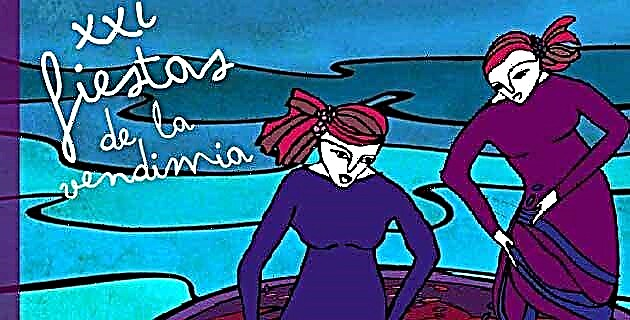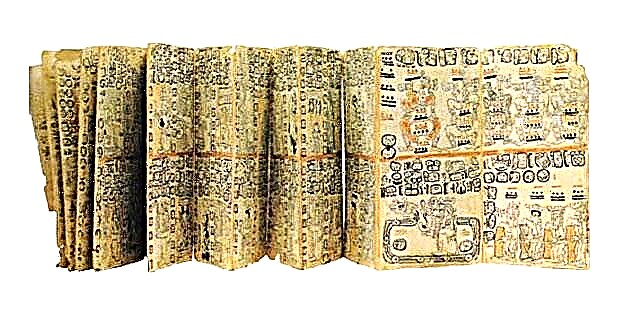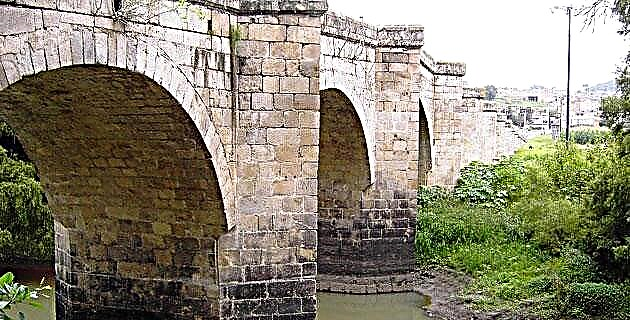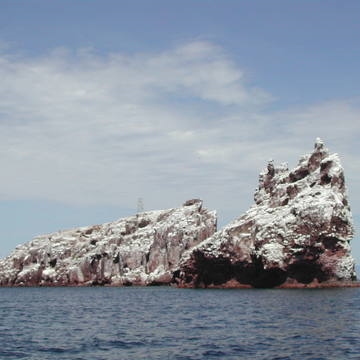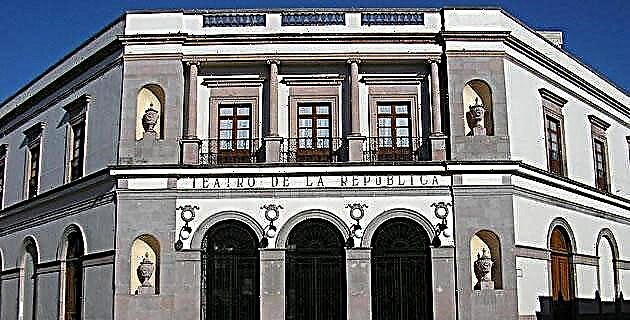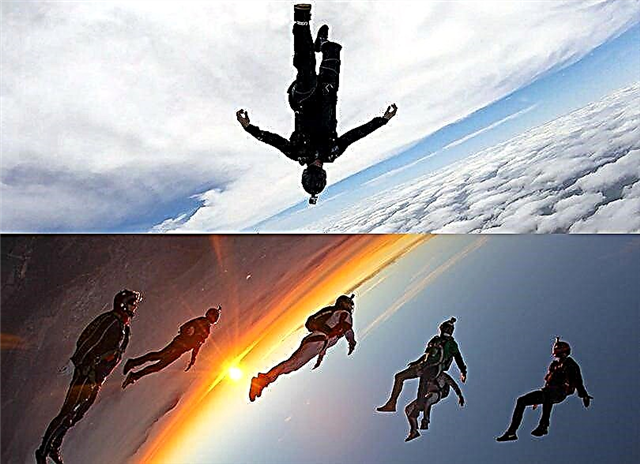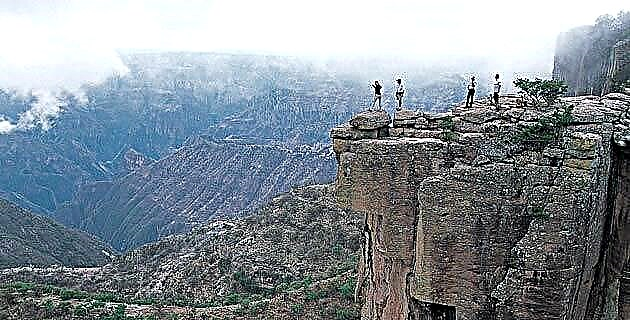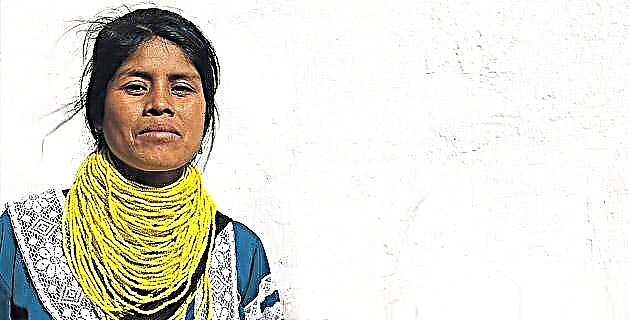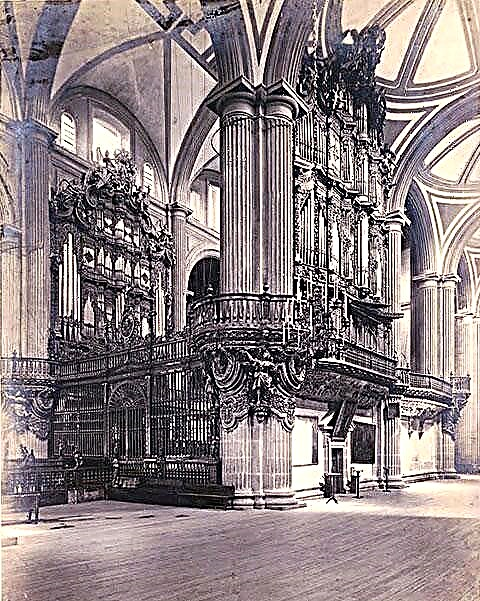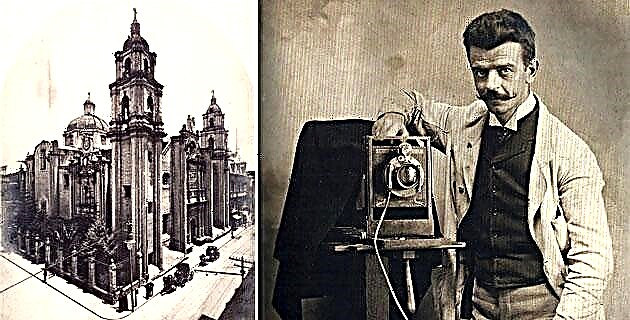
The father of the renowned painter Frida was a renowned photographer who between 1904 and 1908 traveled to various entities in the country to create a wonderful collection of plates that were released in 1909.
Surname Kahlo It is known almost all over the world thanks to the famous painter, but little has been spread about Guillermo, Frida's father and her four sisters. In this family, painting was not the only art that was practiced because the father was, and continues to be, a photographer recognized within the artistic field for his notable architecture images. At the age of 19, he arrived in Mexico City in 1891 from Germany, like so many other immigrants, inspired by Humboldt's narratives and by the possibilities of a favorable development offered by the nation with the growing European and North American investment.
Unlike the other foreign photographers who traveled or settled in Mexico, Kahlo's images show the greatness of a country through its architecture, mediated by an eye that matches and is the product of the assessment of the previously rejected colonial antecedent and resumed before the end of the 19th century, as part of the historical process, showing at the same time the modernity of a country that is recognized in its past.
All photos
By 1899 he was already established in his studio and married to Matilde Calderon, daughter of a photographer, who is said to have been an apprentice. In 1901 he offered his work in the press, announcing the realization of “all kinds of works in the field of photography. Specialty: buildings, interiors of rooms, factories, machinery, etc., orders are received outside the capital ”.
On the other hand and in parallel, he carried out various photographic follow-ups from the construction to the inauguration of new buildings in the capital, such as the Boker House and the Post Office Building, which also evidenced the modernity of the nation, as manifestations of progress.
Most of the photographs mentioned here are part of the publication Federally owned temples, project supported by José Yves Limantour, Minister of Finance with Porfirio Díaz. A photographic survey was necessary to function as an inventory of the ecclesiastical properties that changed ownership under the Juárez regime and for this purpose, they hired Guillermo Kahlo, who traveled from 1904 to 1908 through the capital and the states of Jalisco, Guanajuato, Mexico , Morelos, Puebla, Querétaro, San Luis Potosí and Tlaxcala, taking pictures of the colonial temples and some nineteenth-century ones, which were published in 25 volumes during 1909. This edition, in addition to being limited and expensive, is not fully known in public collections. From the albums located, we know that each had 50 platinum-toned silver / gelatin prints. This suggests that the author must have made at least 1,250 final prints for each collection. Each photo is mounted on a cardboard that has printed and framed the image, motifs of ribbons to the taste of art nouveau. Generally, the name of the temple, the municipality or the state of the republic where it is located appears on the lower edge of each photo, making its identification more agile, in addition to the plate number that surely allowed the author to keep track.
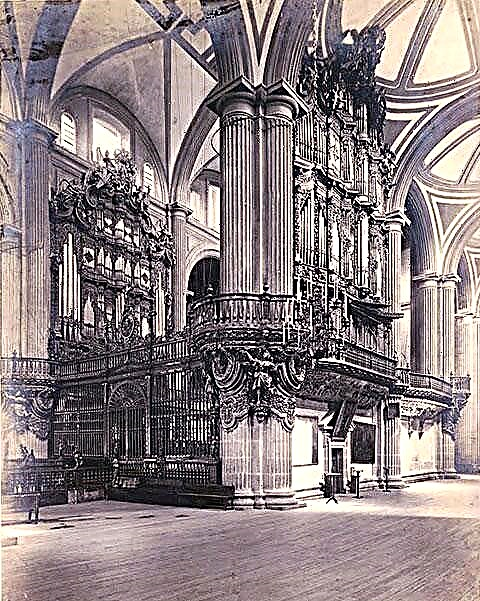
Sample of excellence
The volumes or individual pieces that have survived to this day are examples of the magnificent work of this photographer. Clean images where order, proportion, balance and symmetry reign; they are, in a word, superb. Its achievement was possible thanks to the mastery of the technique, a prior and meticulous study of space and clarity of purpose: an inventory. We then find the use of photography as a means of registration and control, without of course detracting from its artistic value.
To accomplish this, Kahlo recorded everything possible. Generally, he made an exterior shot of each temple that covers the entire architectural complex and sometimes he also made close-ups of the towers and domes. The facades were also very important trying to include all the elements. Inside he is in charge of registering vaults, drums, pendentives, columns, pilasters, windows, skylights, galleries, etc. Of the interior decoration he made shots of the altarpieces, altars, paintings and sculptures, among others. Among the furniture we recognize drawers, tables, consoles, bookcases, armchairs, chairs, stools, facistoles, chandeliers, candlesticks, etc. In each image there are gathered a number of useful elements to architecture, history and art history.
For this reason, these photographs constitute an inexhaustible source for various purposes. Through them we can know how these monuments were found before the revolutionary struggles that facilitated the looting of some of them; others are their location and how they looked before the urbanization projects in the city that made them disappear. They are also useful for carrying out restorations of buildings, in locating paintings or sculptures that have been lost or recently stolen, as well as for learning about uses and customs and, of course, for aesthetic enjoyment.
During the twenties of the last century, these images were reused to illustrate Churches of Mexico by Dr. Atl, but this time they were reproduced in photogravure, so they are of lower quality.

